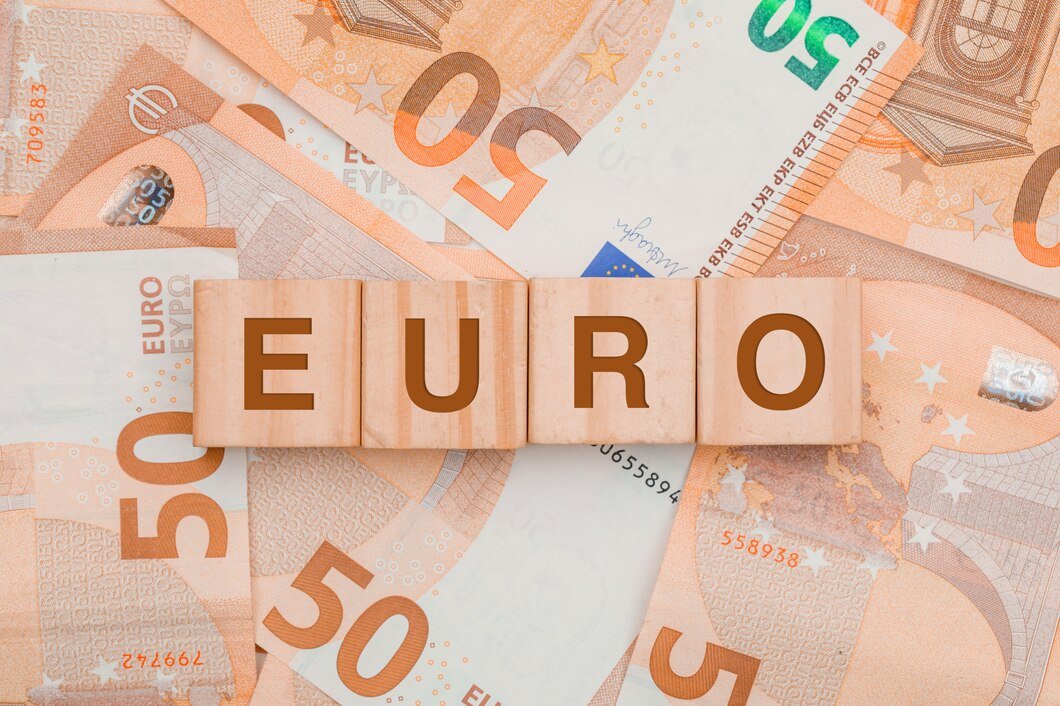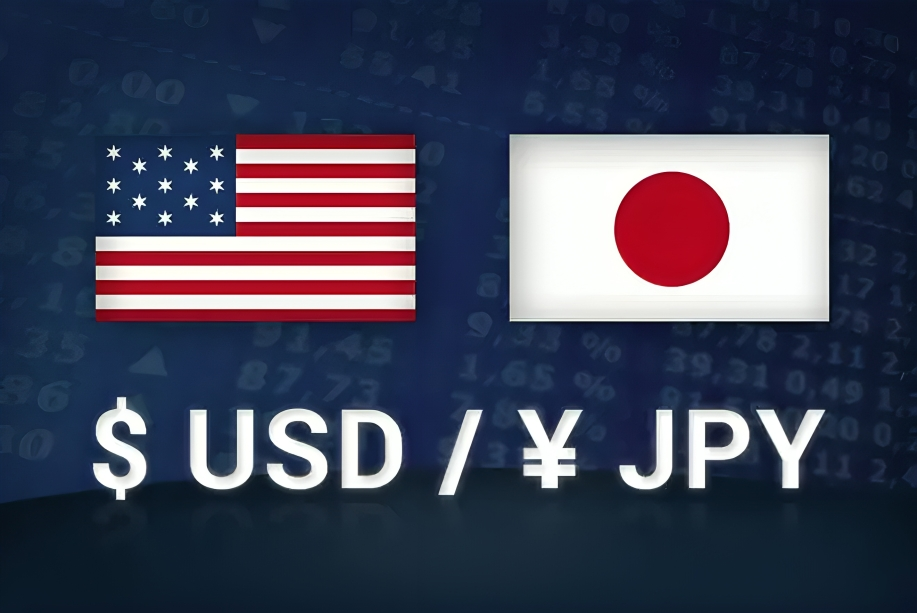EUR/USD is under fresh pressure as the US’s former President Donald Trump once again threatens to slap 25% tariffs on Eurozone automobiles and other imports, driving the currency pair close to 1.0460. The US Dollar becomes a safe-haven in the face of rising trade tensions, though hopes of a June Federal Reserve rate cut cap its upside. While political instability in Germany and the weak economic performance in the Eurozone contribute to the woes of the Euro, investors now wait with bated breath for critical economic releases such as the US PCE inflation and initial HICP from the major Eurozone economies, which may also continue to sway sentiment.
KEY LOOKOUTS
• The proposal by the US President to apply 25% tariffs on cars in the Eurozone is worrying about trade tensions and regional economic growth.
• Safe-haven appetite increases the USD, but hope for a June Federal Reserve rate cut may prevent its further gain.
• The release of Friday’s preliminary HICP inflation figures in Germany, France, and Italy will inform expectations regarding the European Central Bank’s forthcoming monetary policy.
• US Durable Goods Orders, Initial Jobless Claims, and the PCE inflation report are carefully followed by investors as gauges for the Fed’s future policy.
EUR/USD continues to come under pressure as Trump’s fresh tariff threats against Eurozone imports add to trade tensions, increasing the safe-haven demand for the US Dollar. Nevertheless, anticipation of a June Federal Reserve rate cut caps the greenback’s gains. Meanwhile, uncertainty surrounding Germany’s coalition government and structural economic issues also continue to put pressure on the Euro. Investors shift their attention to important economic indicators, such as the US PCE inflation report and initial HICP inflation readings from major Eurozone economies, which will be instrumental in determining market mood and the European Central Bank’s monetary policy stance.
EUR/USD falters as Trump’s threats of tariffs on the Eurozone increase the US Dollar’s safe-haven demand. Attention turns to US PCE inflation and Eurozone HICP data, which will shape the Federal Reserve and ECB’s monetary policy direction.
• The US President intends to apply 25% tariffs to Eurozone vehicles, escalating trade tensions and economic uncertainty.
• The pair declines close to 1.0460, dragged down by tariff concerns and deteriorating Eurozone economic conditions.
• Safe-haven demand for the USD grows but is tempered by expectations of a June Fed rate cut that curb its potential.
• Continuity of coalition government talks exacerbates the Euro’s woes and economic uncertainty.
• German, French, and Italian HICP inflation prints on the way, which will guide ECB monetary policy expectations.
• Durable Goods Orders and PCE inflation headlines will steer Fed rate views.
• EUR/USD is getting major support at 1.0440, with a resistance level of 1.0630, while RSI indicates declining bullish momentum.
EUR/USD is under pressure as trade tensions between the US and Eurozone rise following the fresh threats by former US President Donald Trump to impose 25% tariffs on European car imports. This has raised fears regarding the economic blow for the Eurozone, which is already reeling under poor demand and sluggish growth. In turn, a European Commission official threatened severe retaliatory action against any unwarranted trade restrictions. At the same time, political instability in Germany contributes to the region’s instability, with coalition talks prolonging economic uncertainty. Bundesbank President Joachim Nagel has called on the new German government to tackle structural vulnerabilities to enhance the country’s competitiveness.
EUR/USD Daily Price Chart

Chart Source: TradingView
In the US, market participants are anxiously awaiting economic indicators that would determine the next policy action from the Federal Reserve. Although the US Dollar has strengthened on account of its safe-haven demand, hopes for a Fed rate cut in June still dominate sentiment. Latest economic data point to a moderation in US service sector growth and dipping consumer confidence, supporting expectations of monetary easing. While that is happening, investors are also waiting for crucial inflation readings such as the Personal Consumption Expenditures (PCE) Price Index, which is an important gauge of the Fed’s inflation expectations. Traders in the Eurozone are also watching out for the German, French, and Italian inflation data in the coming days, which will help decide the direction of European Central Bank’s future monetary policy.
TECHNICAL ANALYSIS
EUR/USD continues to trade in a narrow band around 1.0500, with the 50-day Exponential Moving Average (EMA) acting as solid support around 1.0440. The 14-day Relative Strength Index (RSI) floats below the 60.00 mark, showing no strong bullish momentum. A break above this level could instigate further bullish potential. On the negative side, the February 10 low of 1.0285 serves as a crucial support level, and resistance is at the December 6 high of 1.0630. A move above this resistance might solidify the position of the Euro, while a fall below the crucial support levels might accelerate selling pressure.
FORECAST
In case market sentiment turns positive for risk assets, EUR/USD might recover. A less firm US inflation reading, specifically a softer-than-anticipated PCE Price Index, might support the expectation of a Federal Reserve rate cut in June, which would put downward pressure on the US Dollar. And if Eurozone inflation readings surprise to the upside, it might make the case for the European Central Bank (ECB) to hold off on rate cuts even stronger, which would be bullish for the Euro. Any settlement or relief in trade tensions between the US and Eurozone can also give a boost to EUR/USD. A breakout above the crucial resistance of 1.0630 can pave the way for further advances. Conversely, ongoing trade uncertainty due to Trump’s tariff threats can also bear down heavily on the Euro, as the Eurozone economy is still fragile.
Any indication of economic fragility in Germany, particularly from future inflation readings or coalition government instability, would also have a further bearish effect on sentiment towards the Euro. If US economic figures remain robust, corroborating the Fed’s conservatism in reducing interest rates, then the US Dollar could gain further support, driving EUR/USD down. A fall below the 1.0440 low might further intensify selling pressure, which could test the February 10 low at 1.0285.







